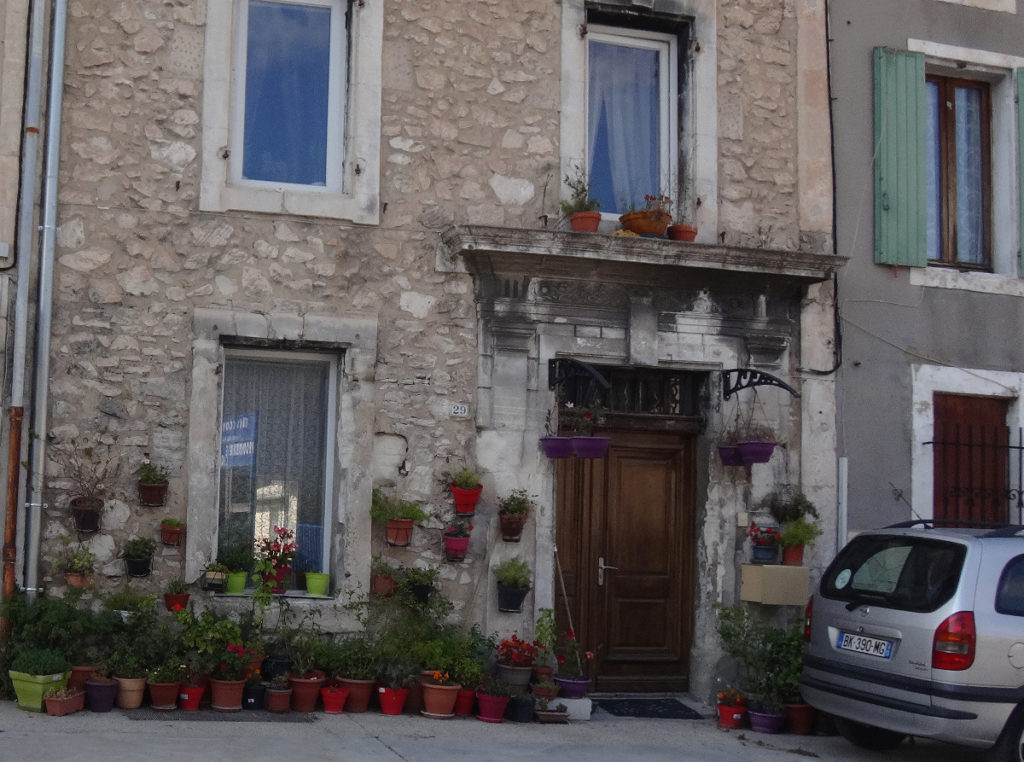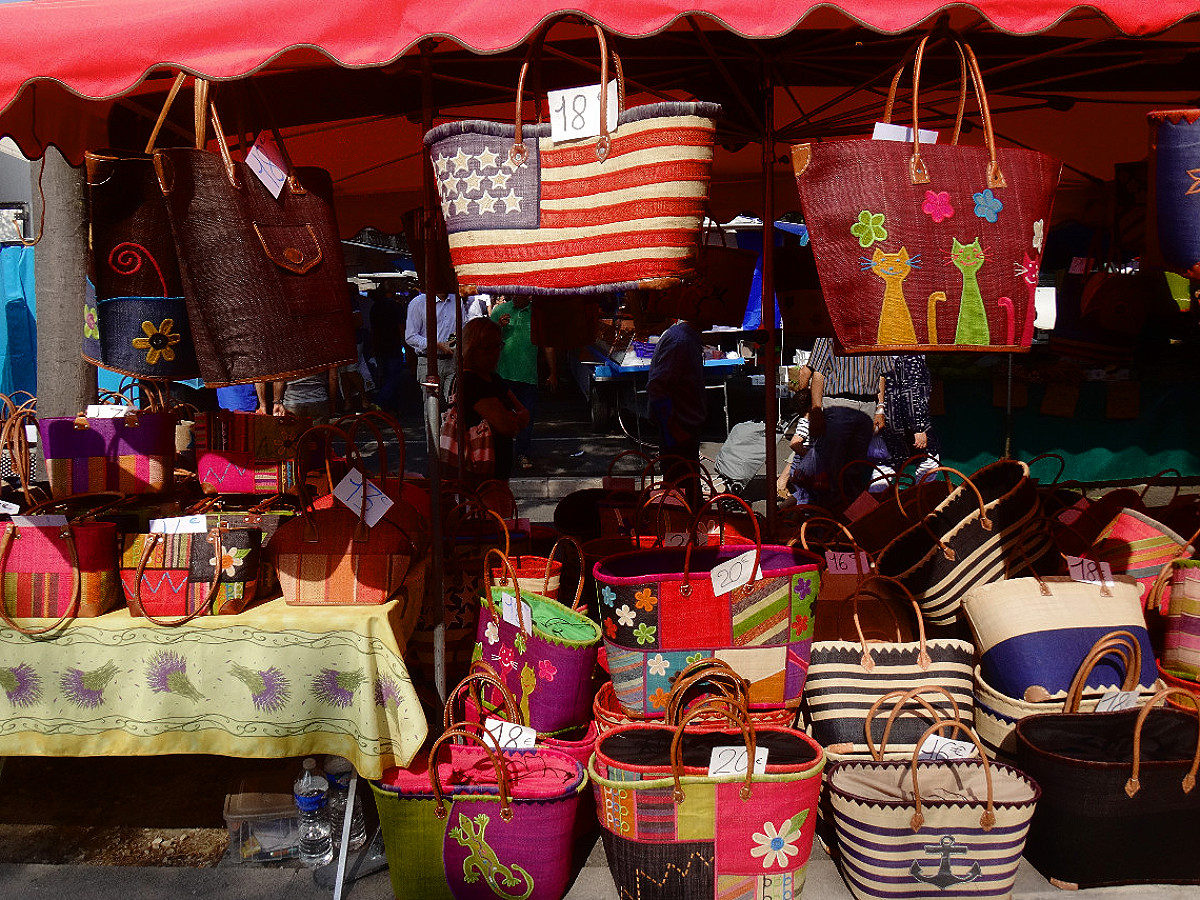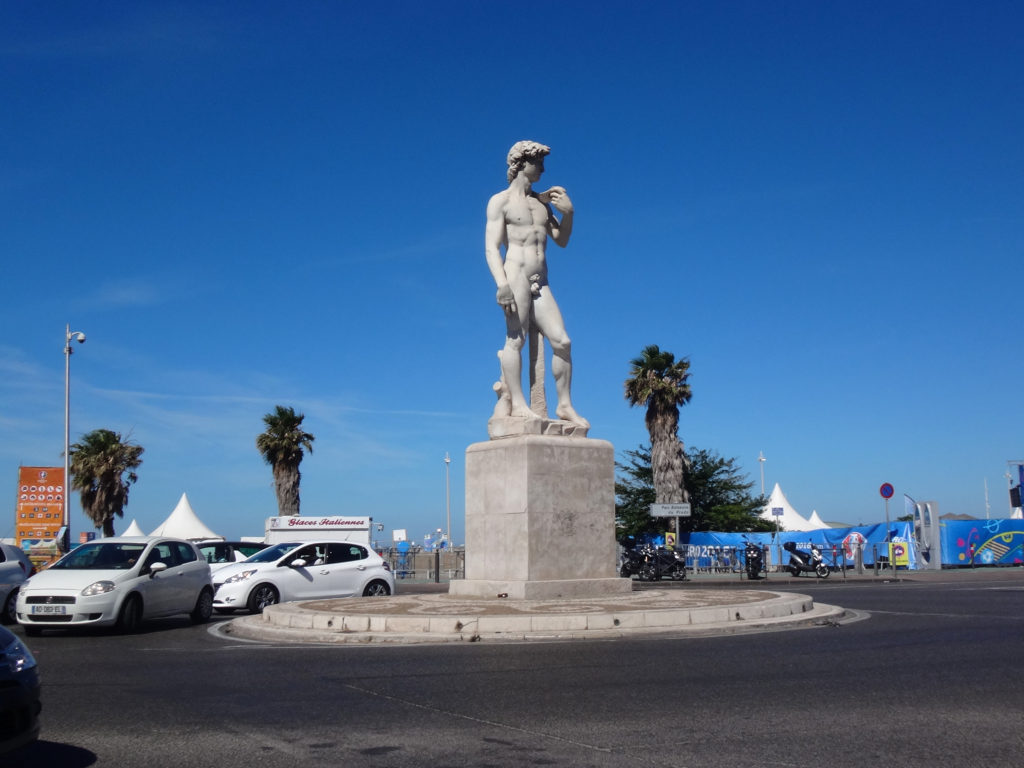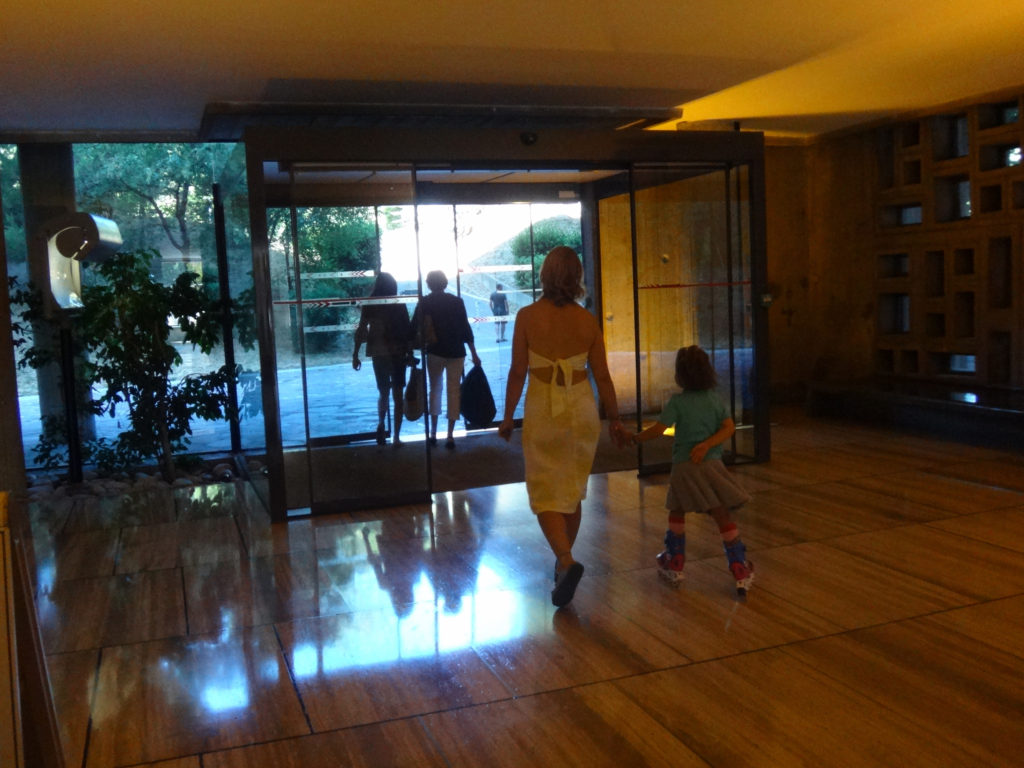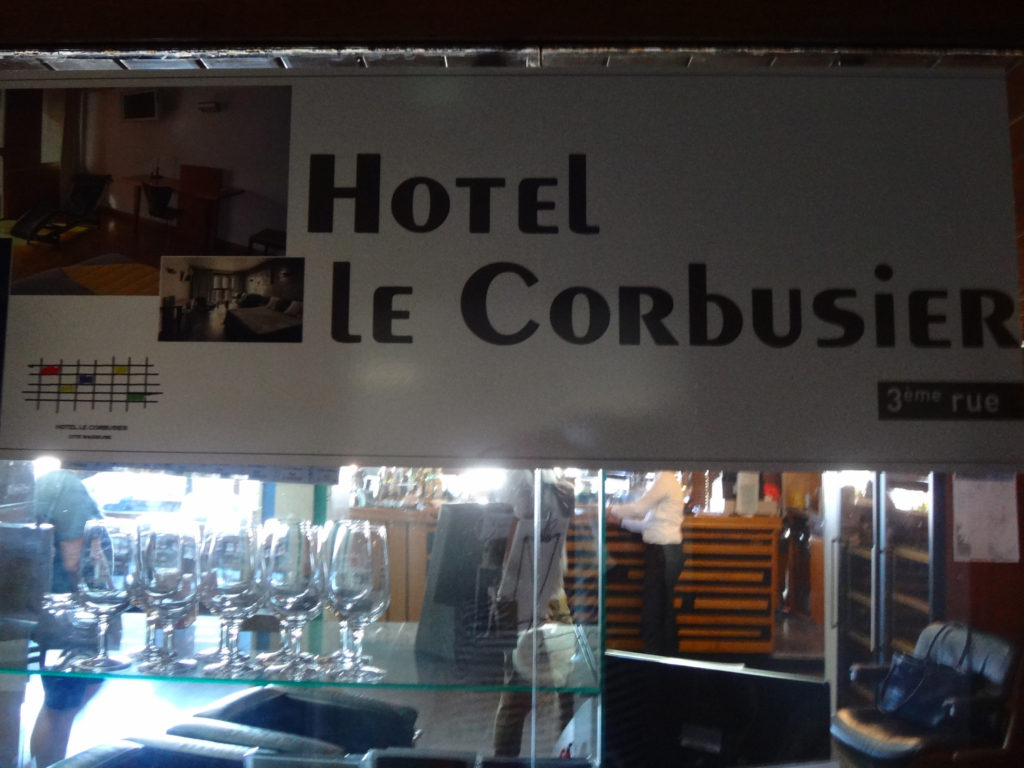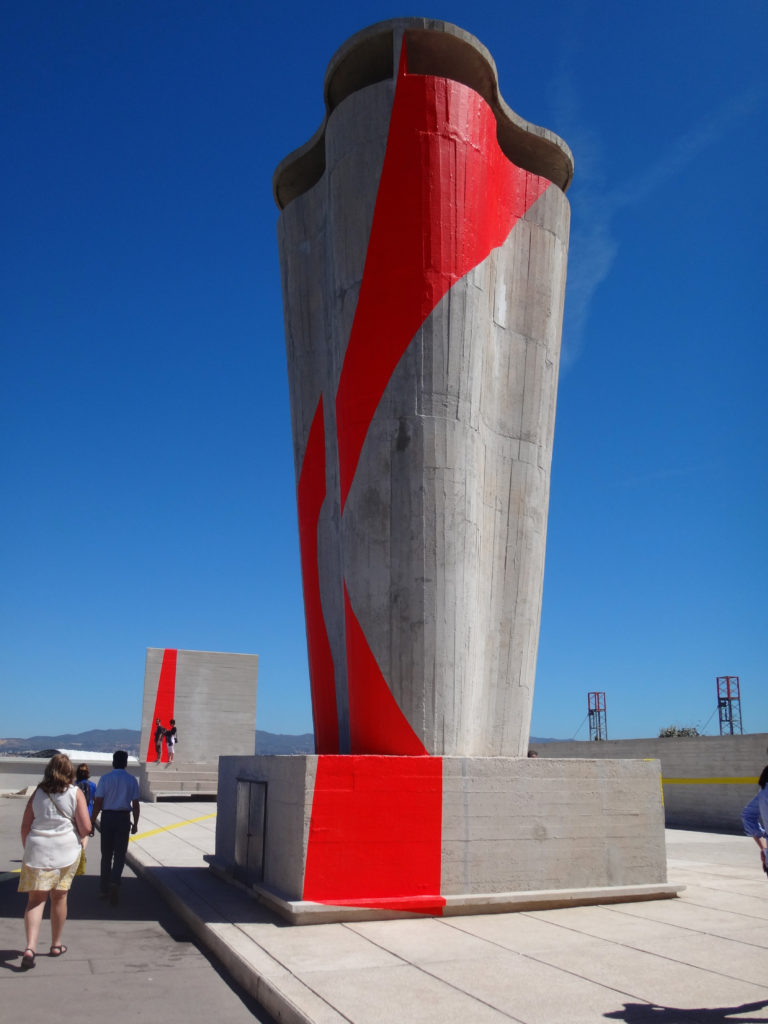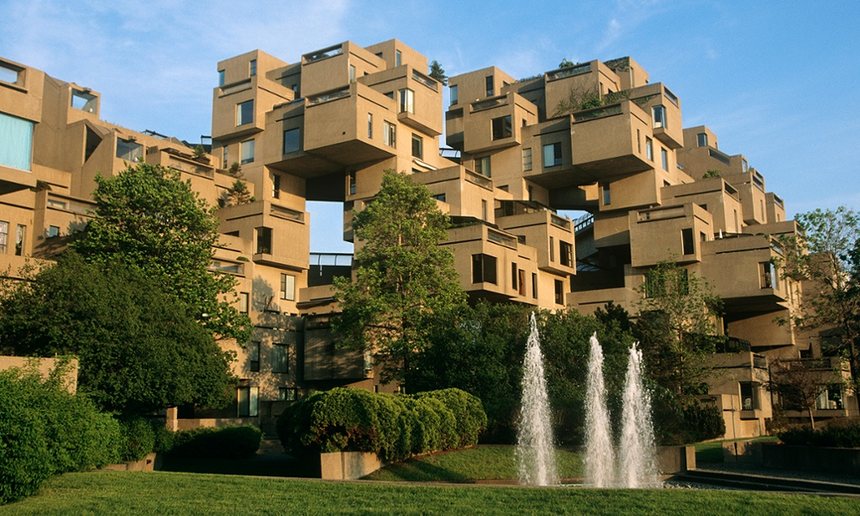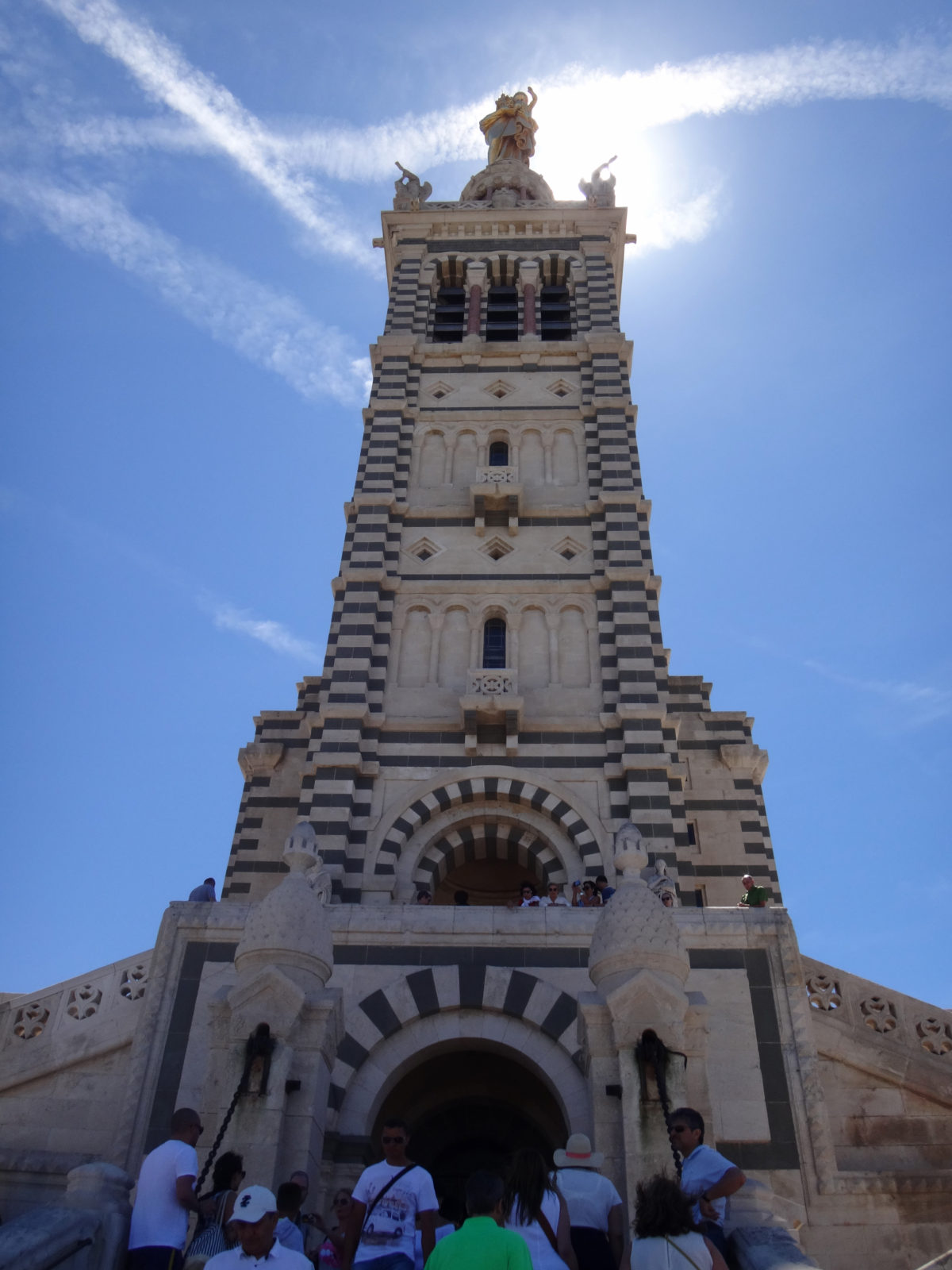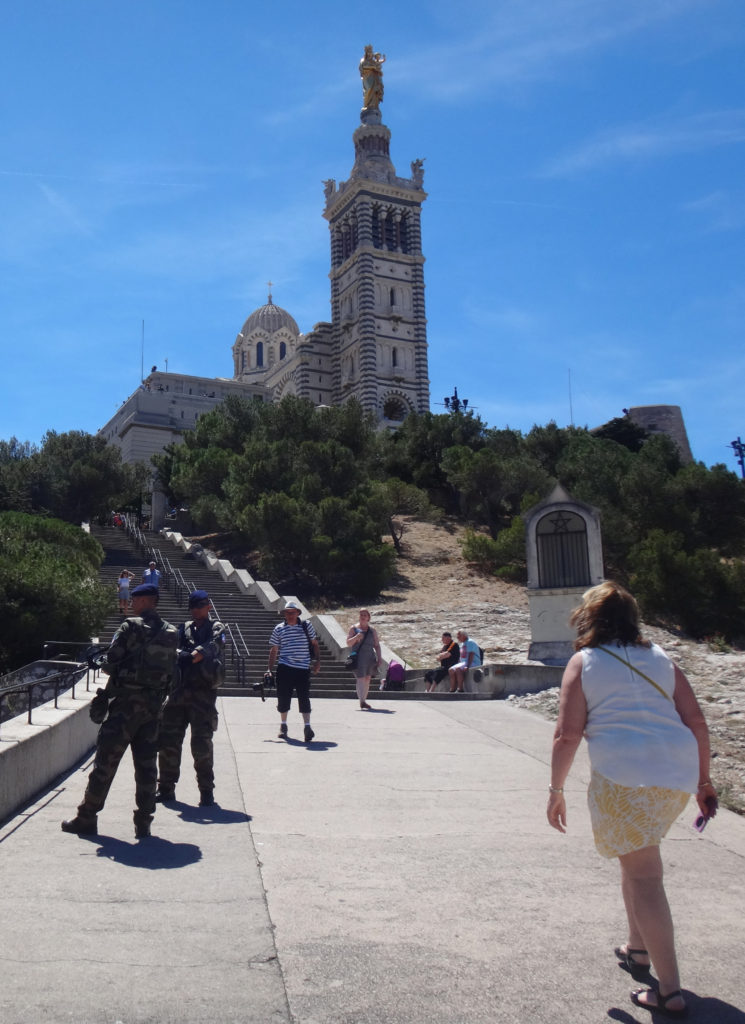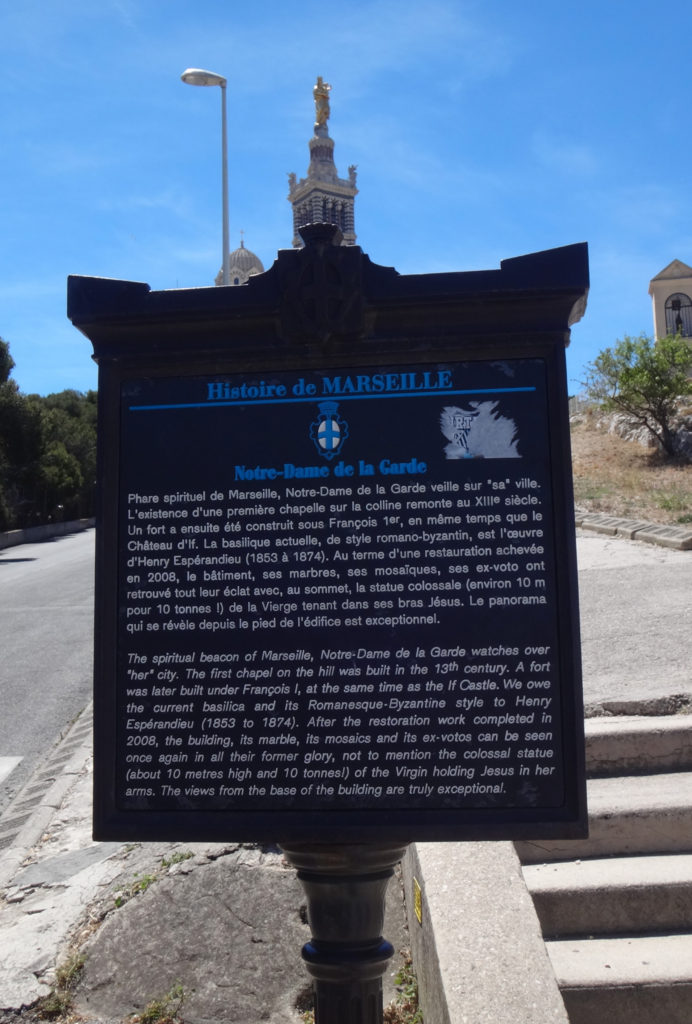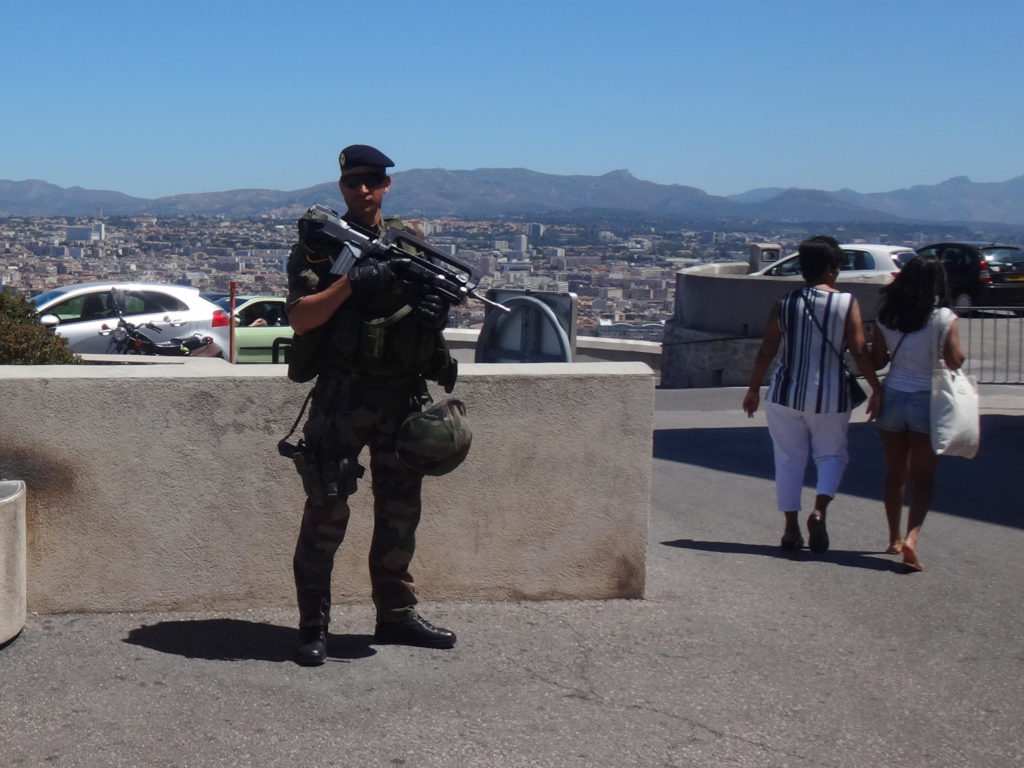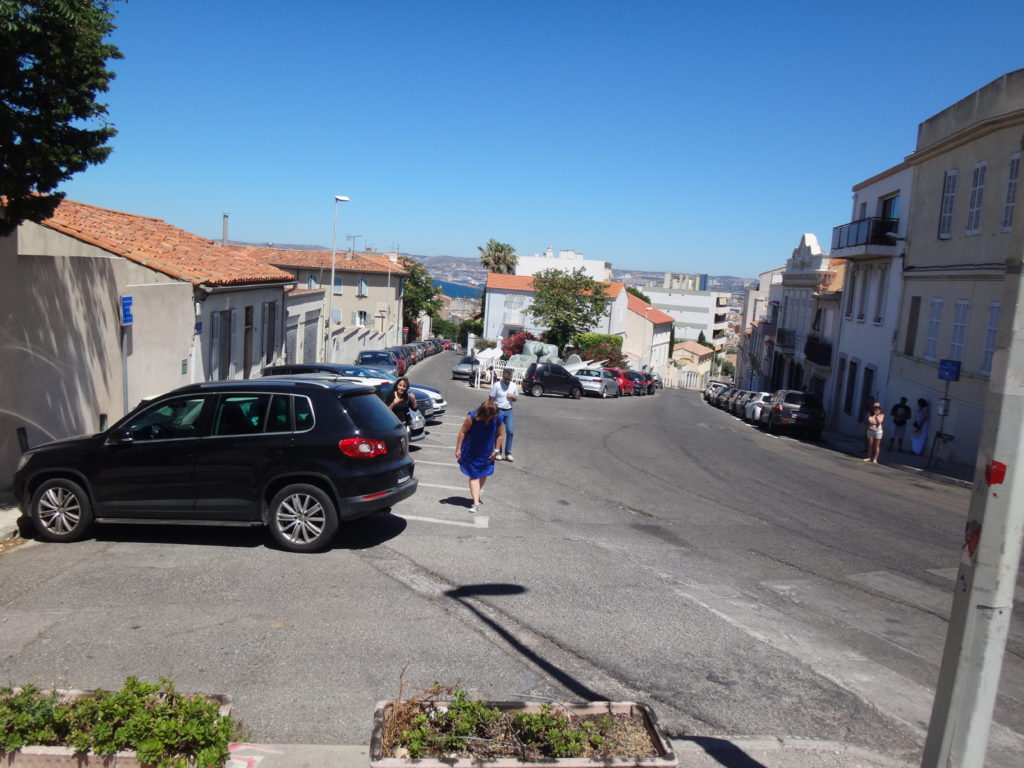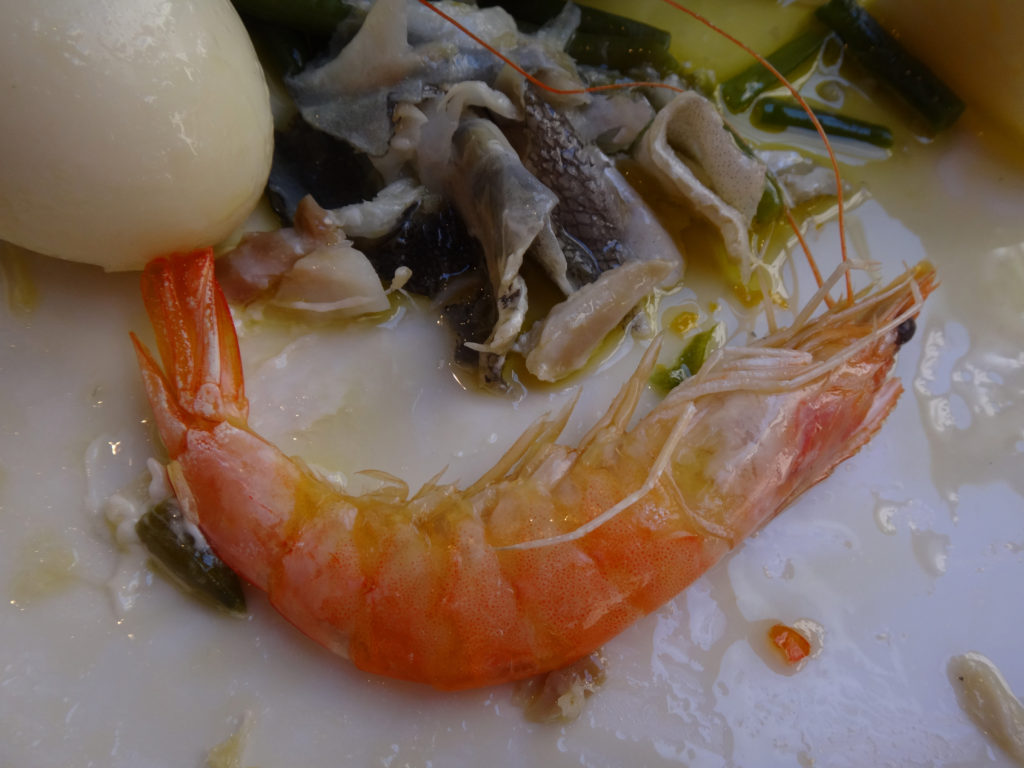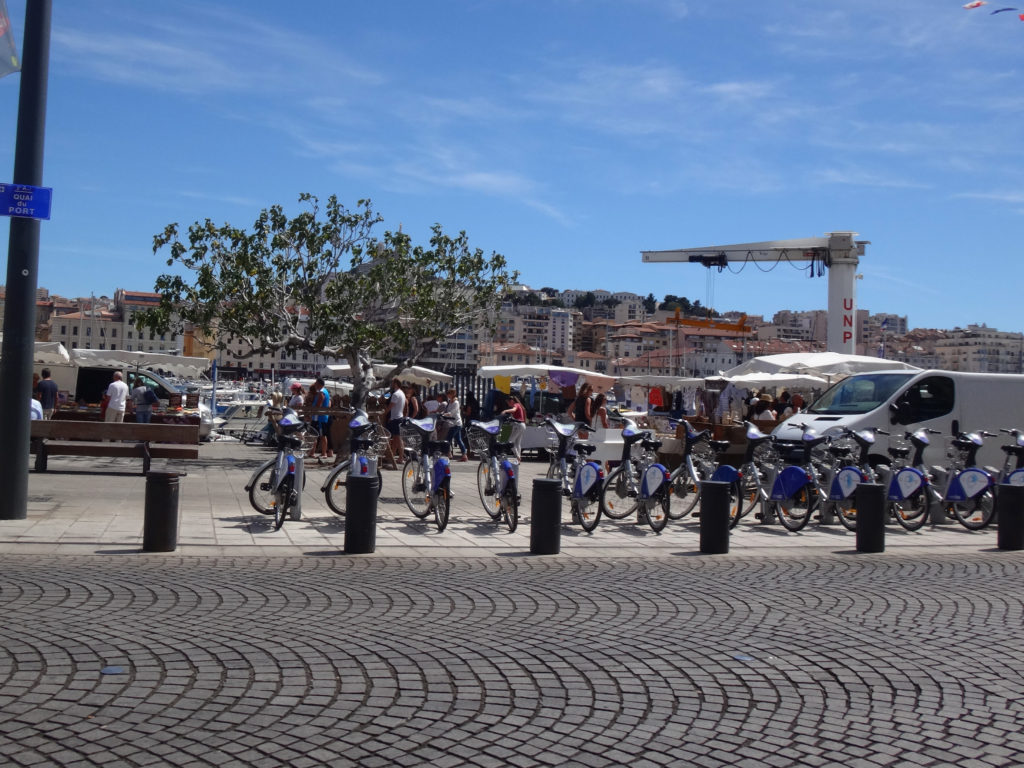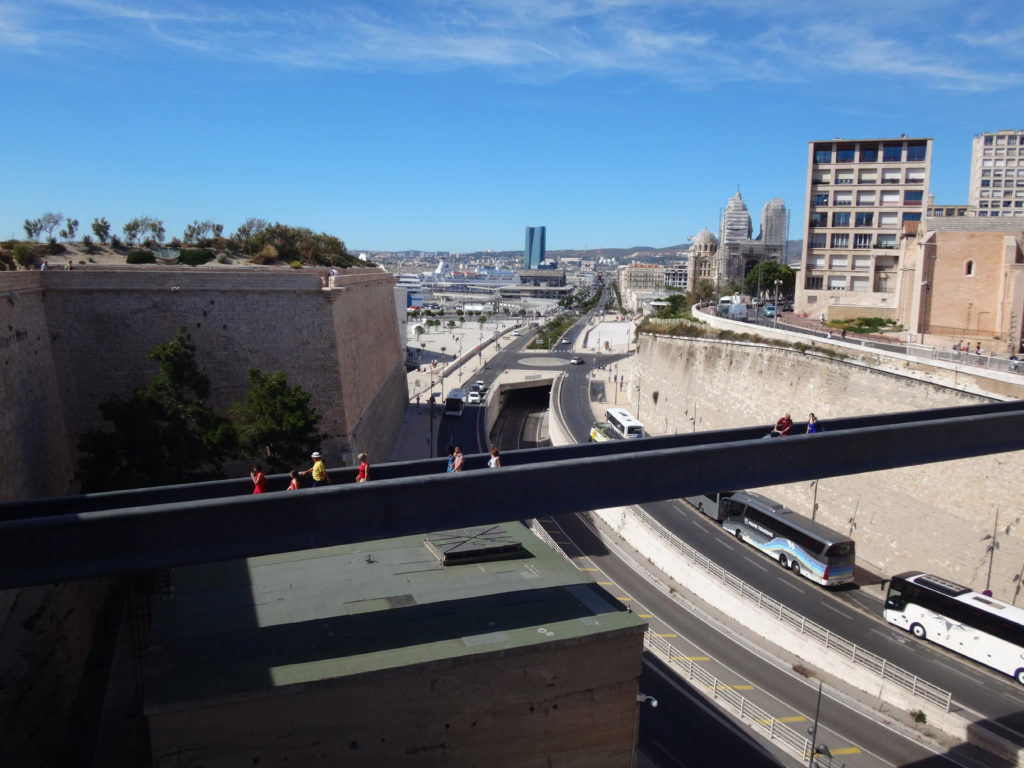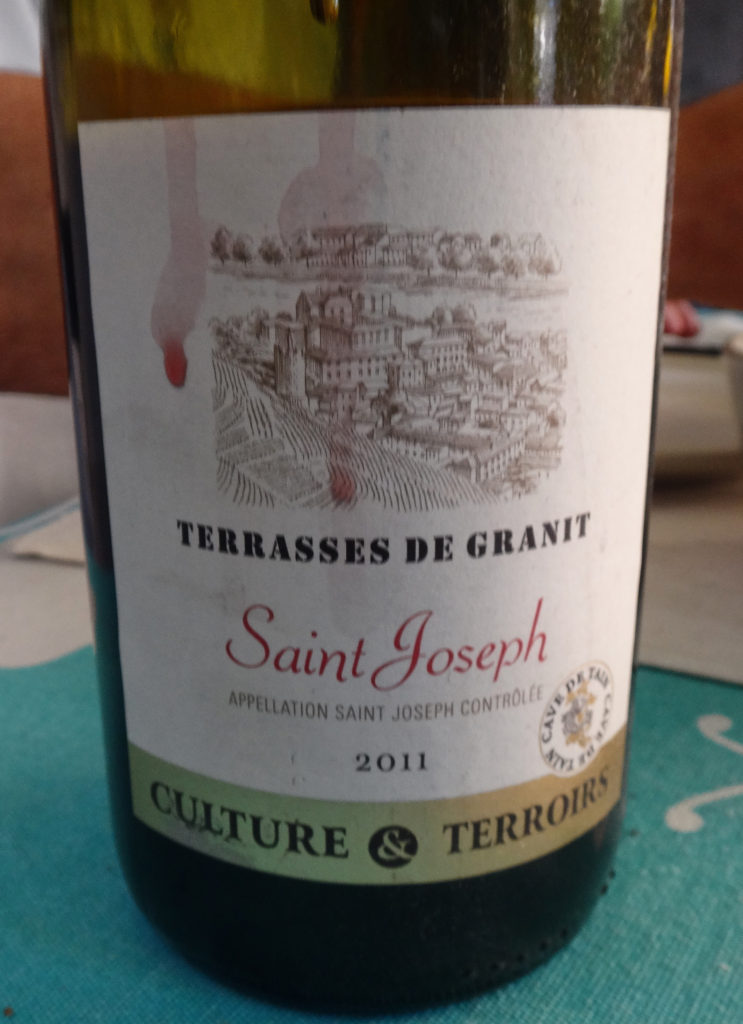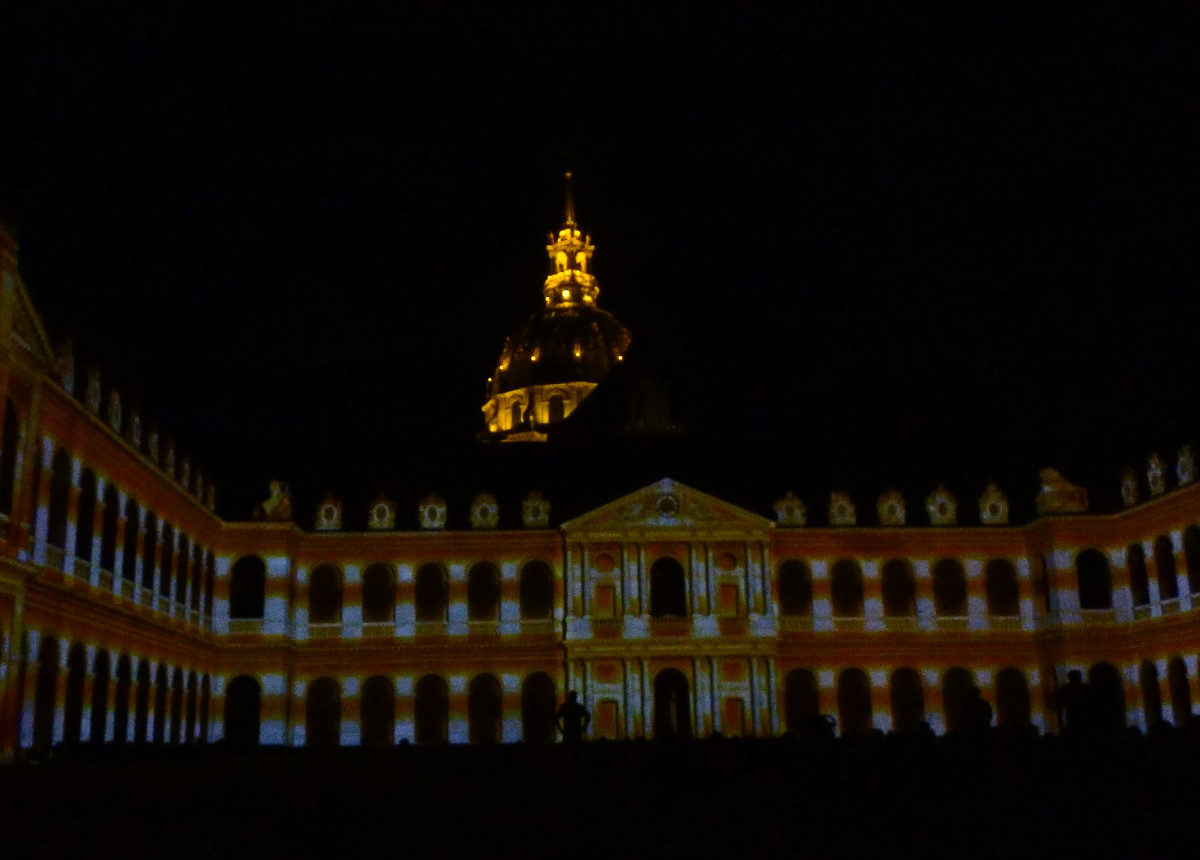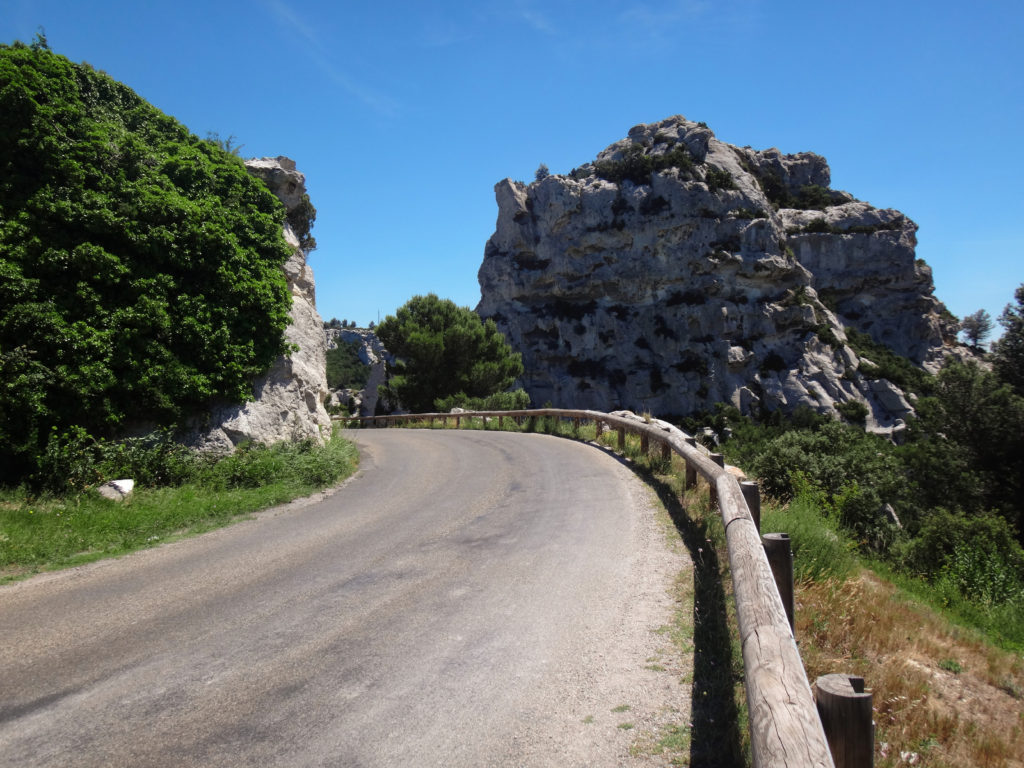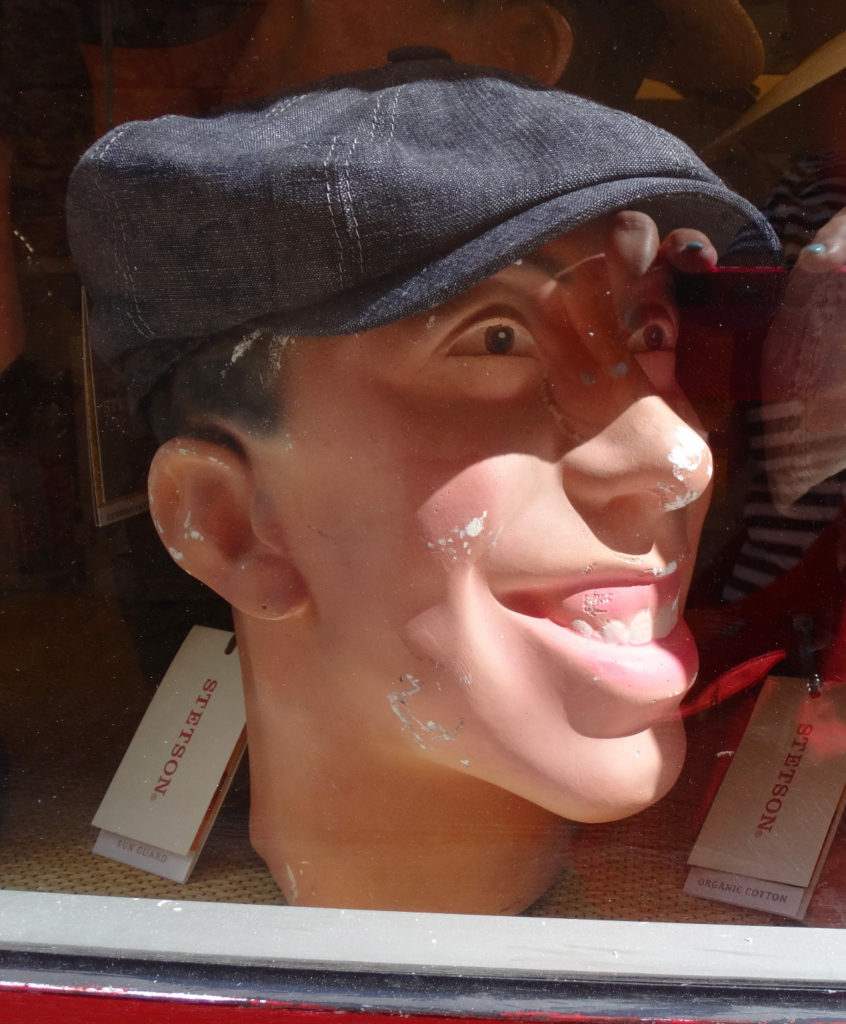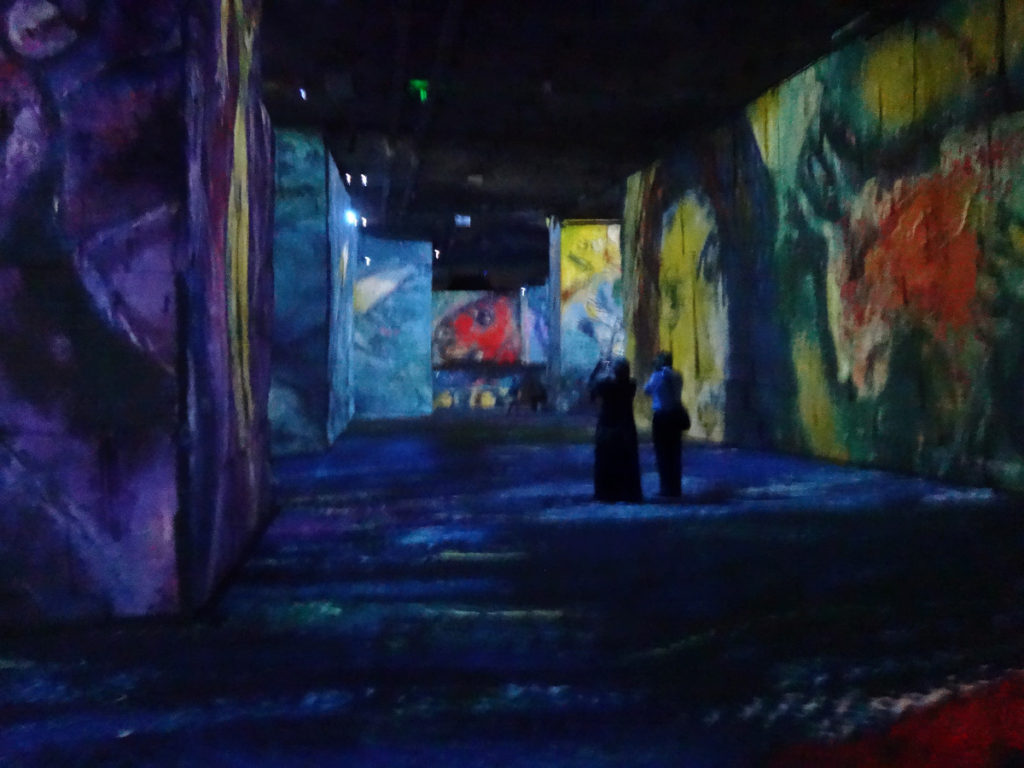It was market day in Arles, so off we drove to the ancient little town in search of fabric, lavender, cheese and chanterelles. Along the way we discovered the trails that VanGogh followed and the wonders that Caesar left behind.
A ring road circles the inner city; on Saturdays wall-to-wall market stands blanket the ring road.

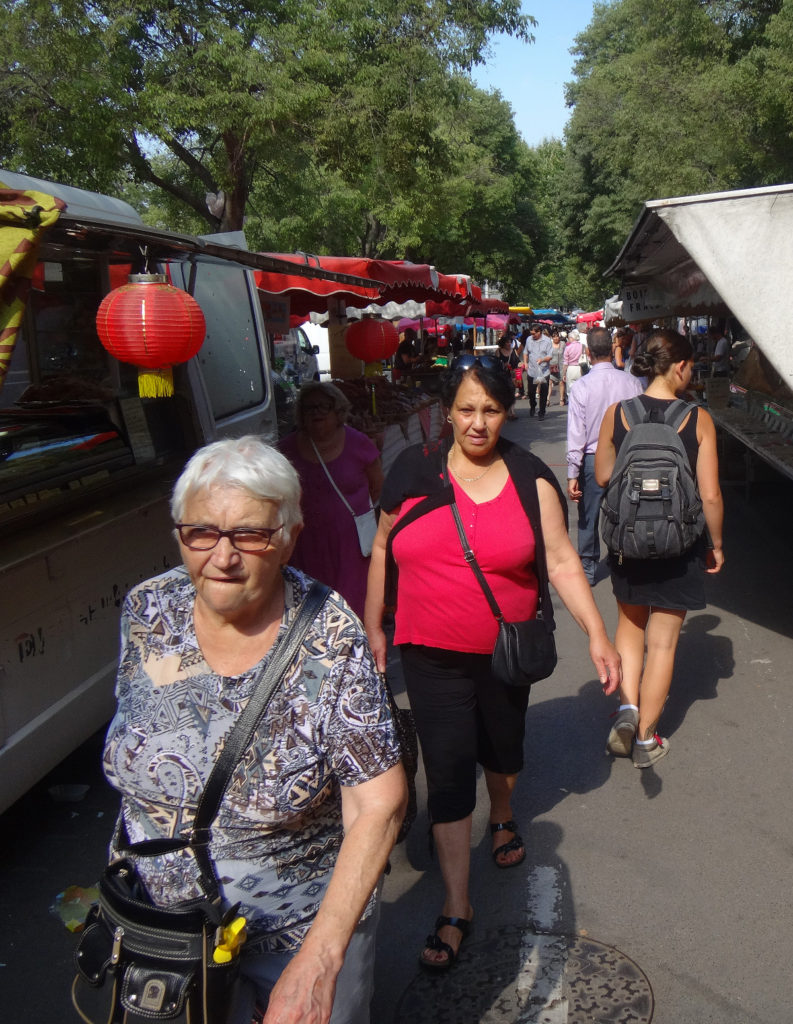










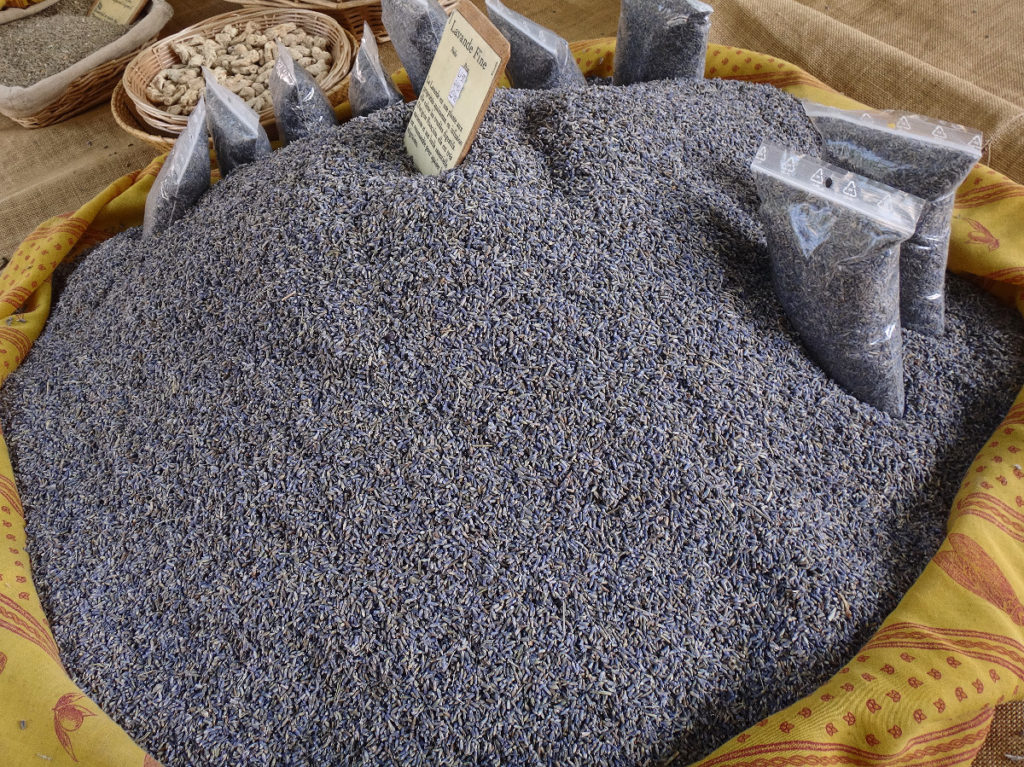






Van Gogh
Van Gogh’s life and paintings tapped us on our shoulders, demanding attention, wherever we traveled in Provence. Arles was ripe with reminders of Van Gogh’s prodigious work.


I can not paint as beautiful as this, but absorbs me as I let myself go without thinking of rules.”


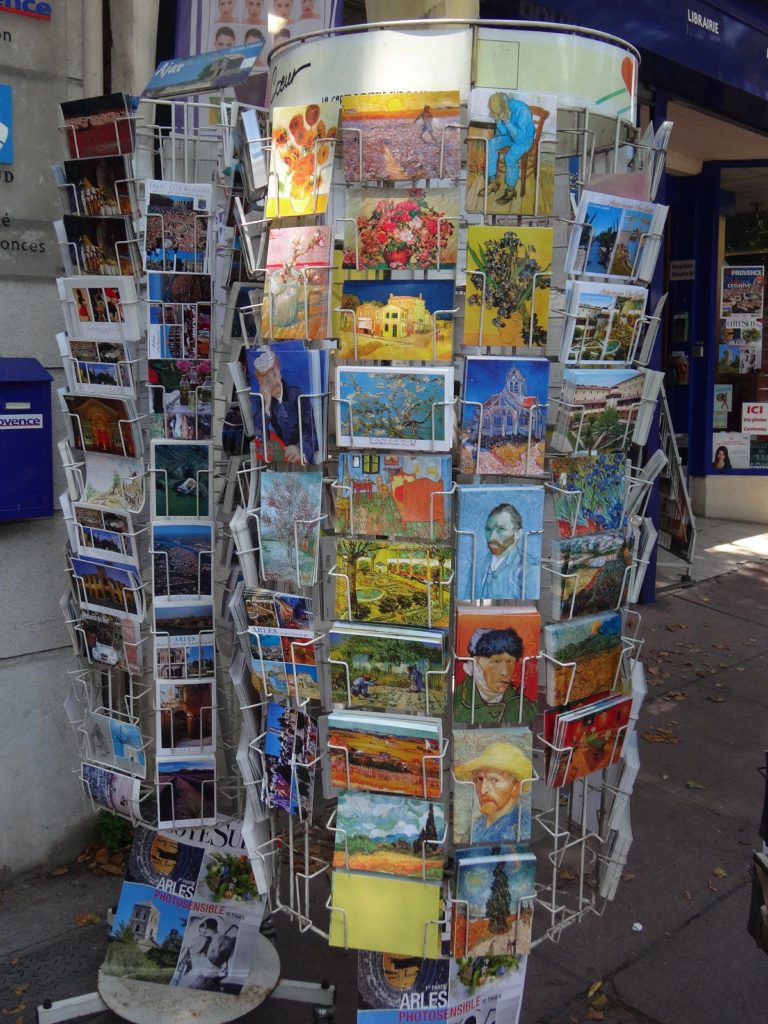
The Fondation Van Gogh

The Foundation van Gogh is a beautiful gallery that features the works of van Gogh alongside modern-day artists whose work relates. (Here’s an interesting article from the NY Times about the gallery opening in 2014.) We raced through the works of Glenn Brown, not quite understanding the connection, and a bit horrified at the personal agony undertaken in the art. But we were rewarded with the lucious paintings of Van Gogh.
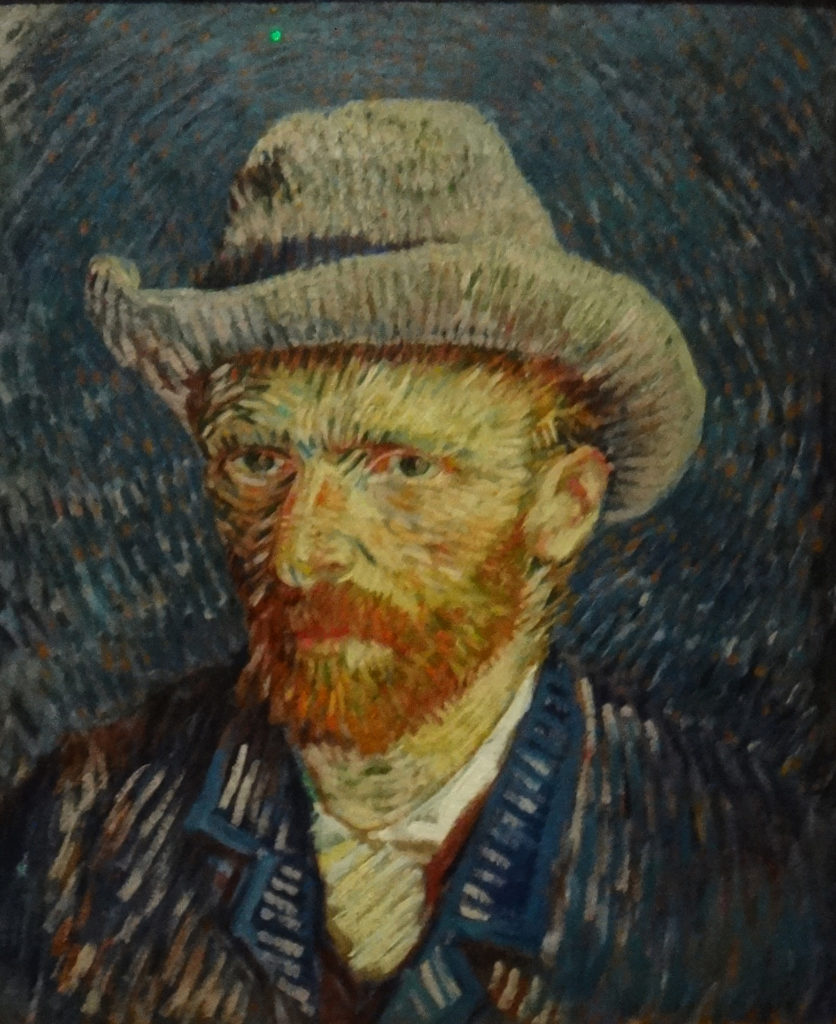



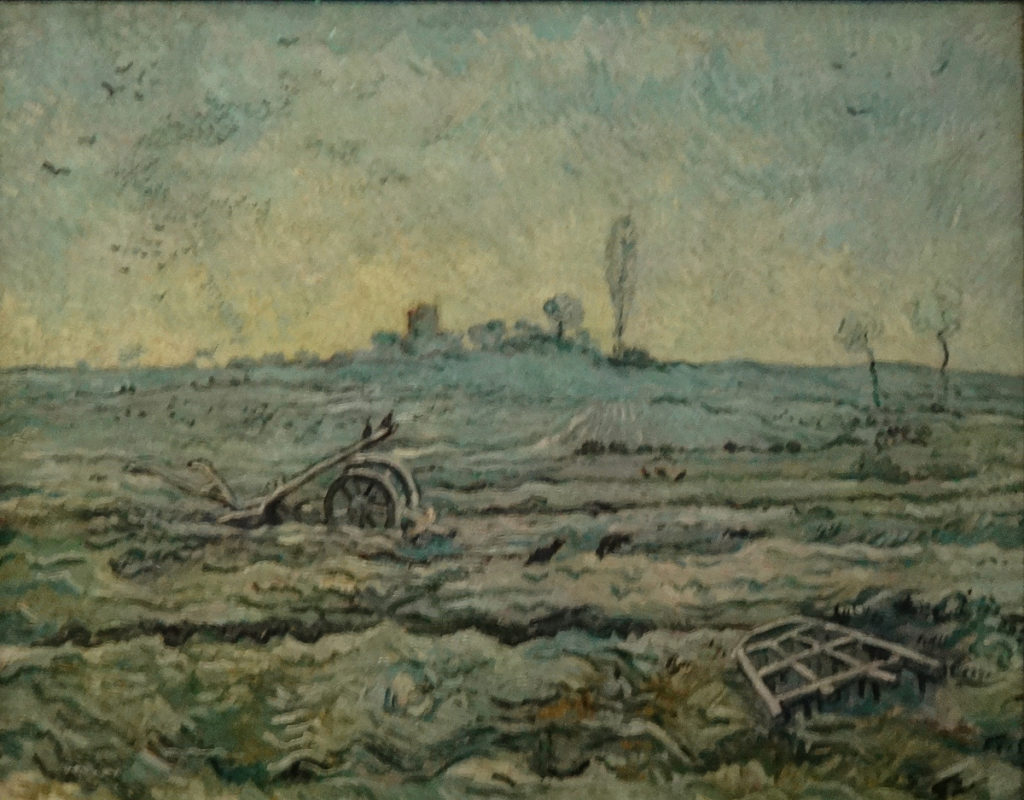
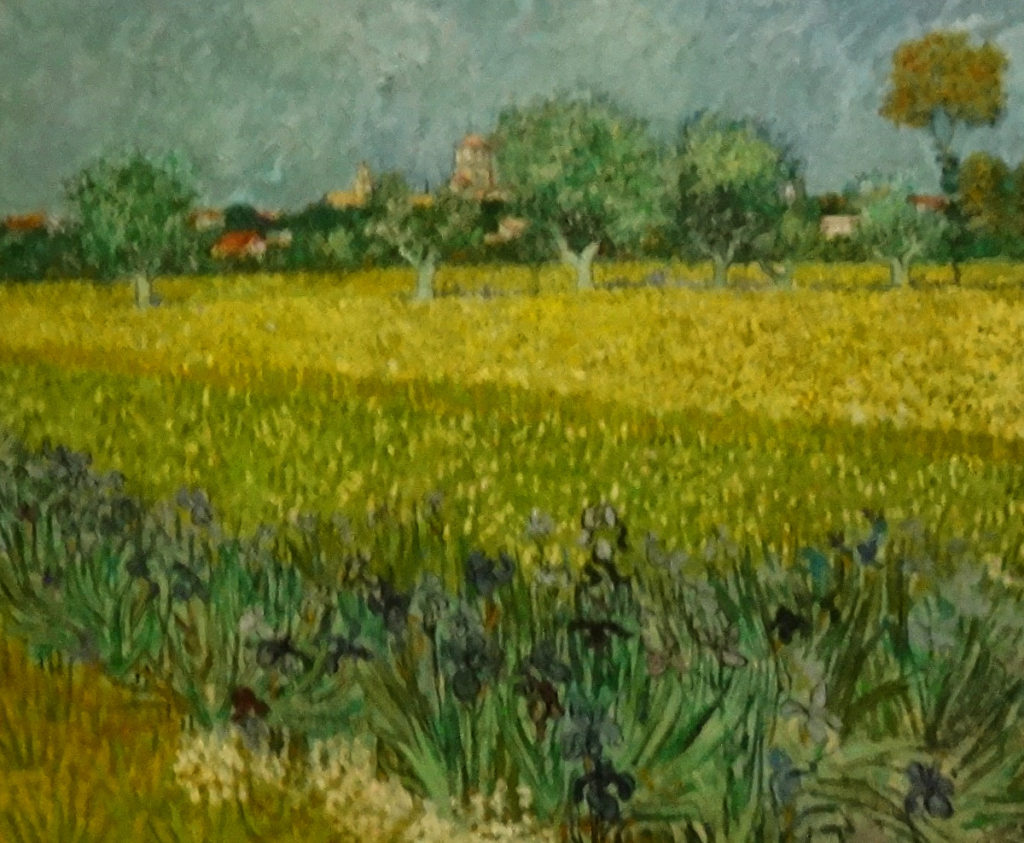


Bistrot Arlesien
My favorite part of the day – lunch! We strolled around until we spotted the Bistrot Arlesien near the center of town. The cafe was empty (it was early) and we chose the perfect shady seats just out of reach of the hot sun.

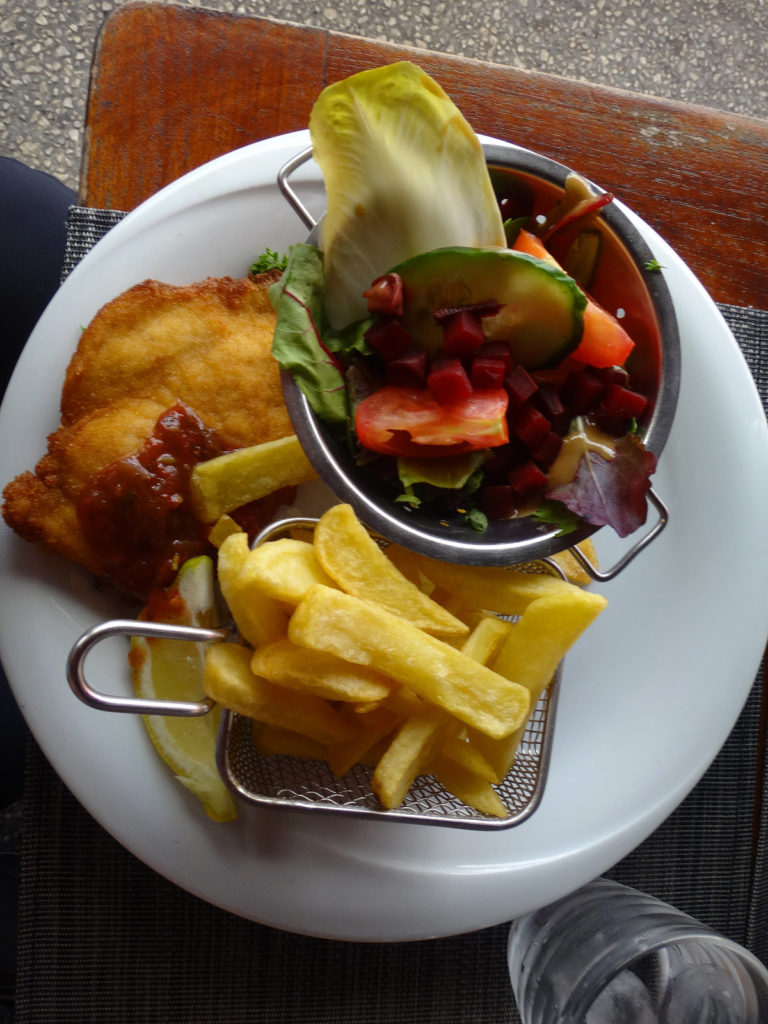


Caesar comes to Arles
I was surprised at the huge presence of Rome in southern France. Every city seemed to have a bit of aquaduct or an arena to call their own. Those Romans were wiley! First they provided extraordinary infrastructure – roads and water – to their conquered citiies. Then they added government buildings. Entertainment soon followed housed in centrally-located arenas and coliseums.
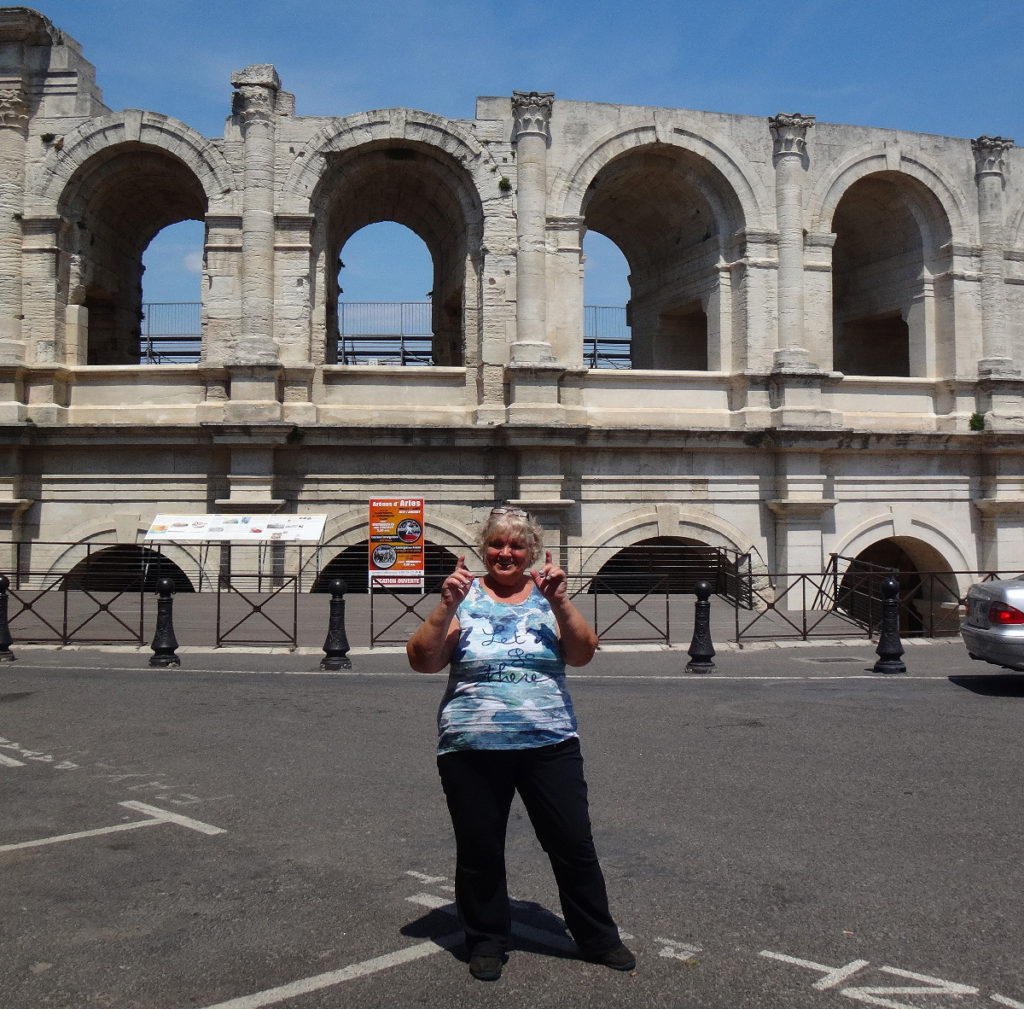
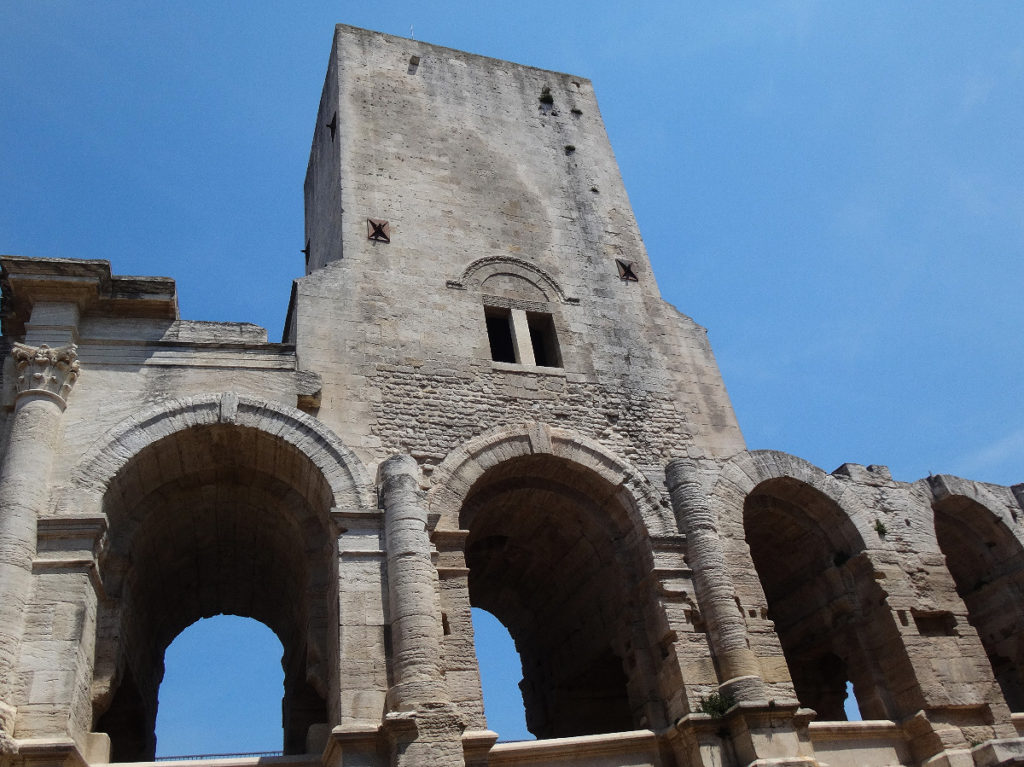


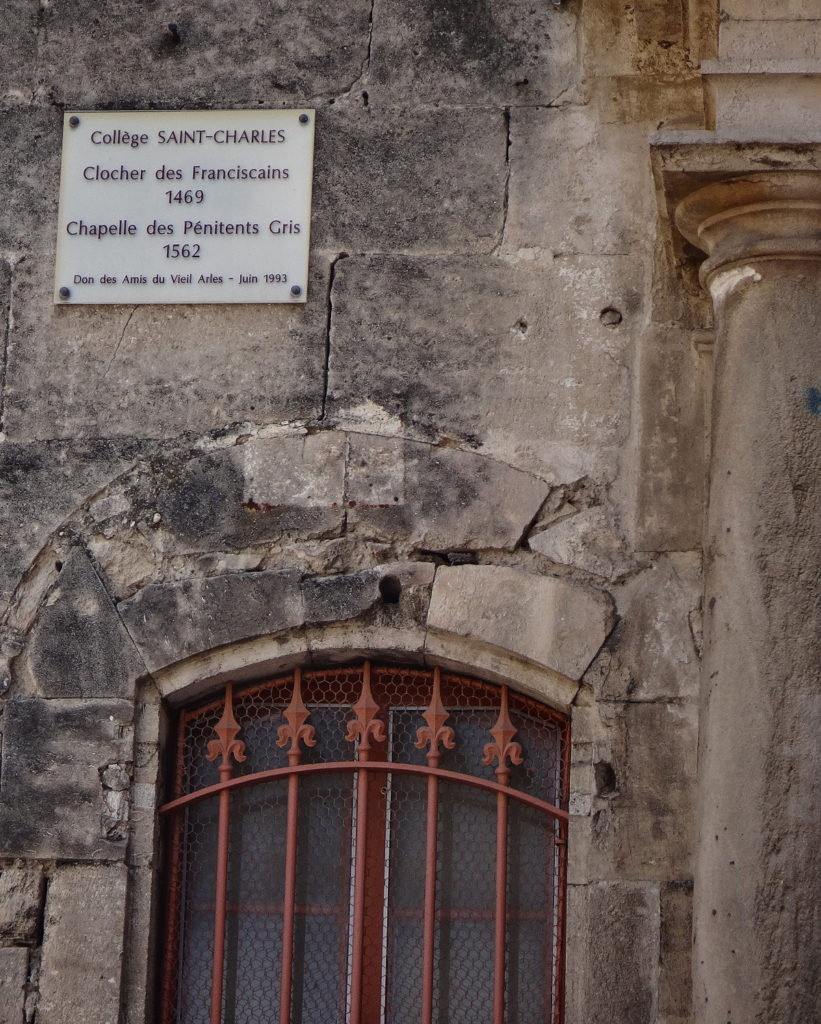
Ancient Antiquities
Arles takes its treasures seriously and established the Musée de l’Arles et de la Provence antiques in 1995. Of course, we had to see it!


So what do you do when your city is under constant attack in the middle ages? How about building your city inside the walls of the long defunct coliseum? That’s what the people of Arles did during the 1500’s.


According to the Musée de l’Arles et de la Provence Antiques: “In 49 BC, in the midst of civil war, Caesar who wanted to take the City of Marseilles that supported his opponent Pompeii resolved to build 12 ships at Arles which being completed and rigged in 30 days – from the time the timber was cut down – and brought to Massila (Marseilles)” (De Bello civili, I-36).
“At the end of the conflict with the supporters of Pompeii in the Iberian Peninsula, victorious Caesar rewarded Arles for its help by founding in 46 BC a colony under Roman law and granting it with part of Masilla-confiscated territories. He settled there the veterans of the VIth legion who had remained faithful to him during the civil war, whence the name of the new colony Colonia Julia paterna Arelate sextanorum this decision allowed the free Arlesian people to become Roman citizens.”





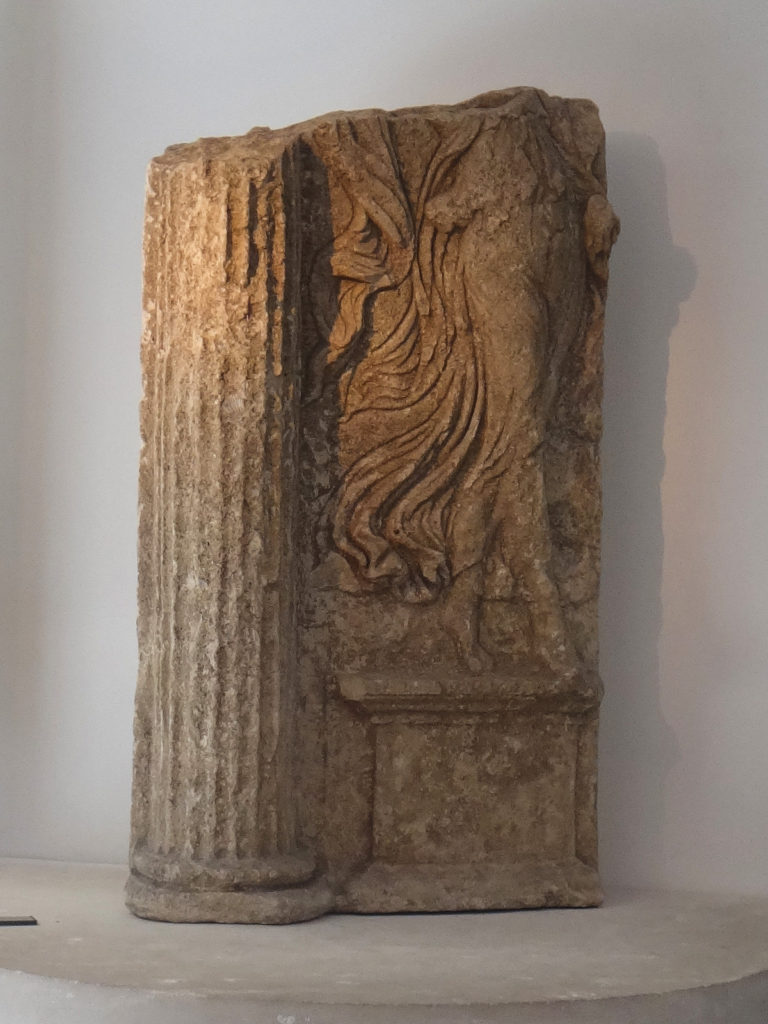
So how did all this stuff get to Arles? Much of it was created onsite but much also arrived by boat. The museum features a preserved merchant boat that carried everything from rocks to wine.








We only scratched the surface of Arles during our day trip. You could spend days here roaming the countryside, visiting the shops, enjoying cafe life, and meeting the residents. And I will – on another day!
